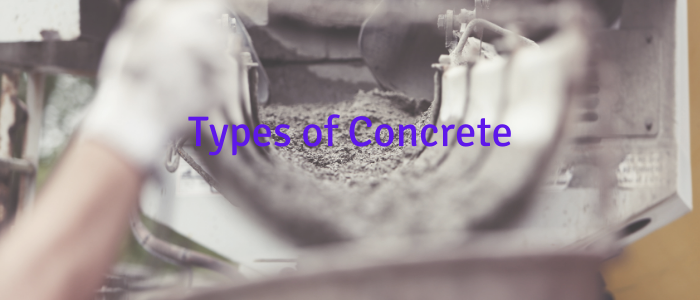Types of concrete according to unit weight
According to the unit weight of concretes, concrete can be classified into four types, as in Table 1.

Ultra-lightweight concrete can only be implemented in non-structural elements. Lightweight concrete may be applied for both non-structural and structural components, according to its specified composition. Normal-weight concrete is the type of concrete that is commonly applied in the construction of infrastructures and buildings. Lastly, heavy-weight concrete is implemented to build some special structures like labs, hospital examination rooms, etc.
Aggregate is the main component that makes a concrete unit weight difference.
Classification according to compressive strength
According to its compressive strength, concrete can be classified into four categories, as in Table 2.

Low-strength concrete is primarily used to build mass concrete structures, subgrades of roads, and partitions. Moderate-strength concretes are the most frequently used concretes in buildings, bridges, and similar structures. High-strength concretes can be used to build tall building columns and bridge towers. Ultrahigh-strength concrete has not yet been widely applied in construction.
Classification in accordance with additives
According to the additives that are added into concrete mixtures, concretes can be classified into various types. Four examples are shown in Table 3.

Fiber-reinforced concrete (FRC) is a type of concrete with fibers incorporated (such as including steel, glass, polymerics, and carbon). Fibers are added into concrete to enhance toughness, tension, shrinkage control and decoration.
Macro-defect-free (MDF) is a cement-based composite that contains a large amount of water-soluble polymer, made in a twin-roll mixing procedure. It aimed to improve the tensile and flexural characteristics of concrete.
Concrete that has been densified with small particles. (DSP) has incorporated a large amount of silica fume. DSP has excellent abrasion resistance and is mainly used to produce machine tools and industrial molds.
Read Also: BASIC TYPES OF STIRRUPS FOR CONCRETE WORK
